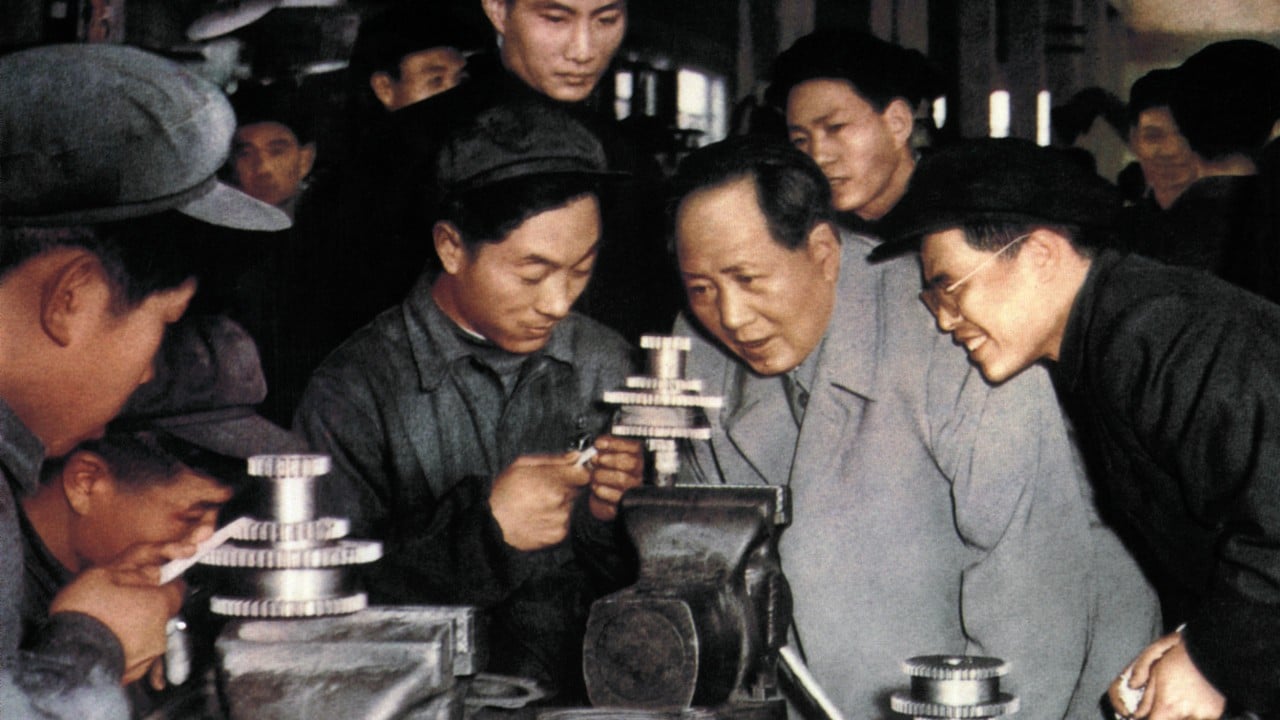Though China moved away from a command economy decades ago, its successive five-year plans have remained a pillar of macroeconomic policymaking.
Advertisement
Despite that seeming contradiction, under the 14 plans implemented since 1953, Beijing has turned what was a limited industrial capacity into a scale of mass production that has earned China a reputation as the “world’s factory.”
Beijing is now endeavouring to move higher in the value chain and become a global hub for innovation in cutting-edge sectors – and the next five-year plan, the 15th, is expected to be an important part of that process.
The previous iterations of the plan, covering more than seven decades of policy shifts, offer a convenient survey of the country’s long and complex economic history. To help illustrate and explain that trajectory, we have curated several milestones from these foundational documents.
First five-year plan: the rise of heavy industry
When the People’s Republic of China was founded in 1949, the country had only been able to pursue its industrialisation in fits and starts. Economic recovery after decades of conflict and isolation from Western countries amid the ideological tensions of the Cold War made circumstances all the more difficult.
Advertisement

